Rev up the motorbike! Core Racing says save gas $, cut time in traffic
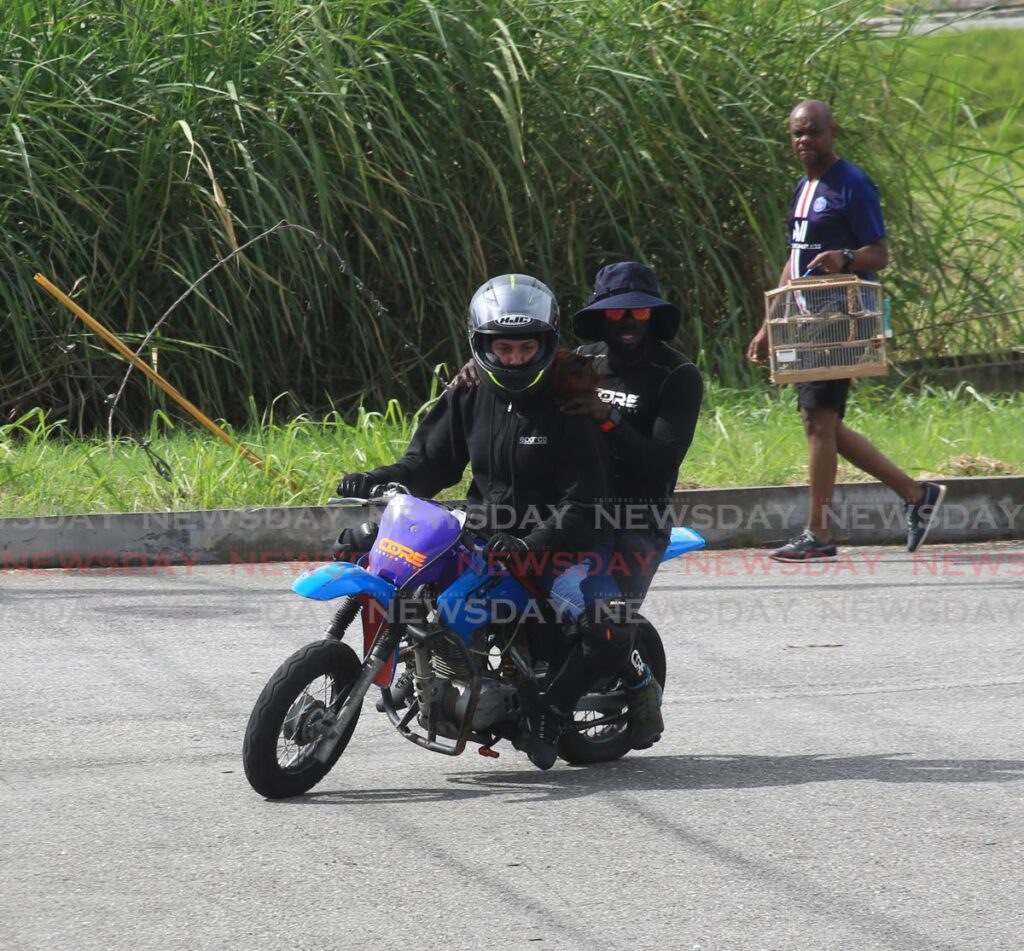
Whether serious or joking, people have been encouraged to ride bicycles to save money on fuel as prices have increased six times in the last seven years. However, Core Racing Ltd is asking people to seriously consider the option of a motorcycle to not only reduce fuel consumption, but also reduce their travel time.
Johann Andrews, co-founder of Core Racing Ltd – a motorcycle racing club – said before the gas price increase in September, he was saving $650 a month in gas by riding his bike instead of driving his car to and from work.
Using his circumstance as an example, he told Sunday Newsday he travelled from Trincity to Pt Lisas and back every workday. That was 72 km per day with no detours.
To full the gas tank of a 125cc-engine bike, it costs about $65 and, at an average riding pace, could last him about four to five days. On the other hand, a full tank of gas, which cost about $250, on a car with a 1600 cc engine, would last him three to four days.
In addition, depending on the weather conditions, it could take him between 40 to 45 minutes to ride to work, but an hour and a half to two hours to drive. Not to mention many drivers had to get on the road very early to beat the traffic or remain at work very late to avoid it.
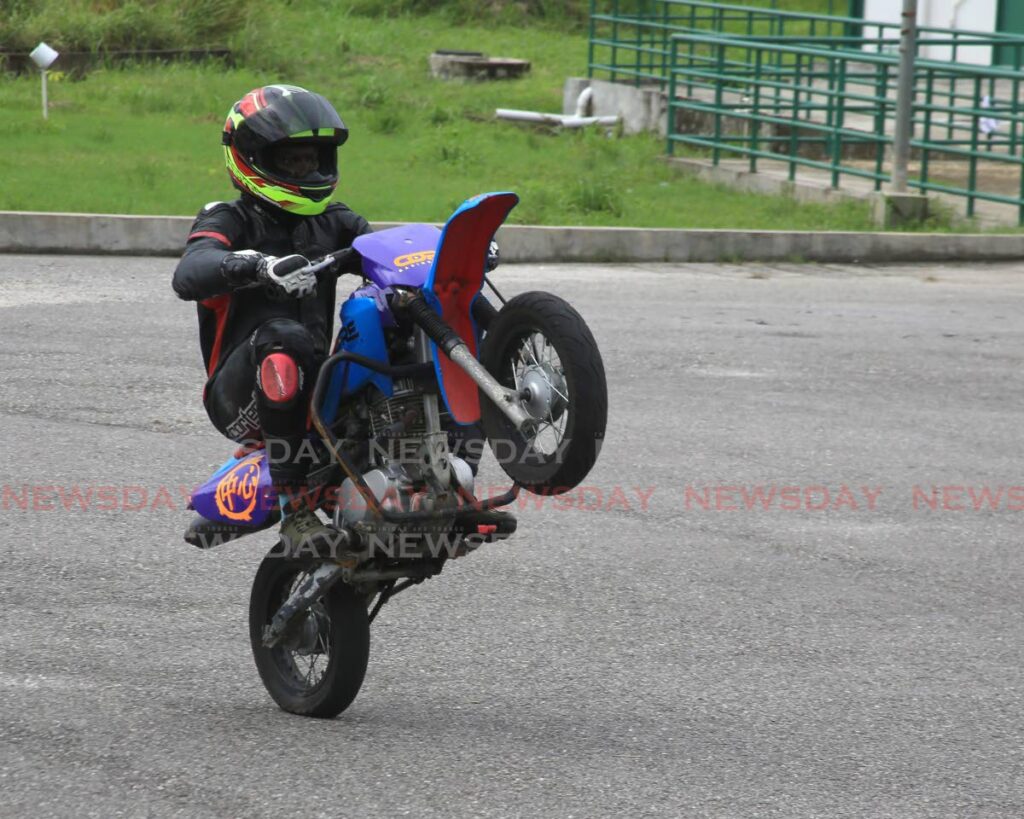
He explained that the motorcycle was categorised as a light motor vehicle and, while riders had to obey the speed limit, there was no law against lane splitting or “riding on the white line.” He believed the government should officially allow lane splitting for properly trained riders.
“Since very few people carpool, if we encourage more people to buy smaller cc bikes, we would encourage less people in cars, which would reduce the drive time at peak traffic hours.
“If we have to move forward as a society I think that is something we should consider. Core is willing to work with the government to put measures in place to allow lane splitting, to reduce the traffic congestion.”
With benefits such as lower fuel consumption, less time on the road, and less of a carbon footprint, he said the only negative was that motorcyclists got wet when it rained.
To those who denounced motorcycles saying they were too dangerous he said, “Every day people crash and die in cars. Do we stop driving? Planes disappear, remember Malaysia Airlines Flight 370 in 2014? Did we stop flying? No! So why do we have this mentality towards motorcycles?”
He believed the negative reaction was due to a lack of knowledge and understanding, and Core wanted to change that.
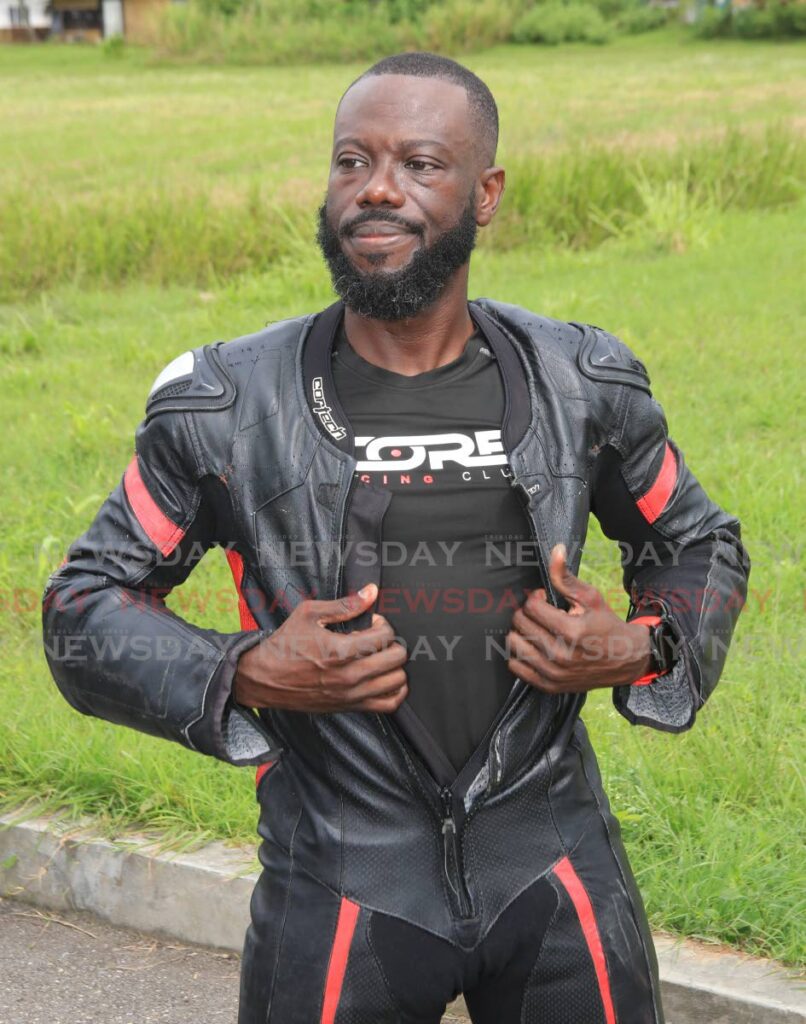
The idea for Core Racing Ltd was born years ago when TT-based German professional motorcycle racer Wulf Gerstenmaier started sharing some of what he learned over the years with local bikers.
A group of local racers, former and current, took over that responsibility. They decided to take their skills to the public because the skills they learned on the racetrack made road riding safer. They wanted to teach people how the bikes were designed to be ridden since many of the bikes on the road were modified racing bikes.
With that in mind, Andrews and co-founder Bernard Cyprian unofficially started Core in 2017 and registered the business in 2021.
“There is more to the riding culture than simply bike shows. We wanted to take the riding to a professional level. We decided it’s not just about learning to race, but learning to ride and changing the national culture in TT to make it better.”
The men started training novice riders from “scratch” – how to correctly operate a bike, maintenance, the physics, and the mechanics – so when the students made a mistake, they could analyse themselves and not do it again.
“After that, if I ask you to perform a task on a motorcycle, you no longer have any doubts. By removing the doubt, you find your skill grows exponentially. Fear comes when you don’t know. We take away that fear by explaining what to do and why.
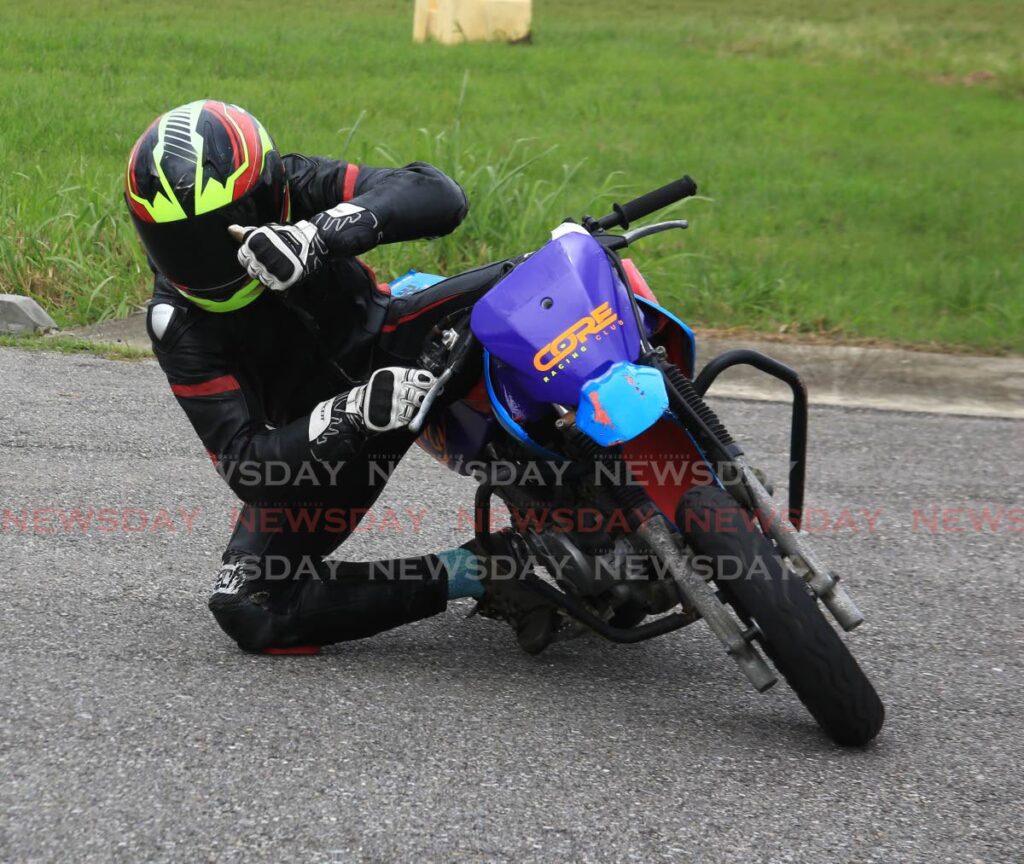
“What we try to do is give the rider the information to make correct decisions.”
For example, they would know not to ride when tired, dehydrated, angry, inebriated or distracted because they would be less focused on the road, and lessen their ability to spot danger and react quickly and appropriately.
He added that Core would like to start a defensive-riding programme with an insurance company willing to work with the group.
Andrews said Core also emphasised the importance of proper motorcycle maintenance for maximum performance and safety, and of safety gear including helmets, gloves, jackets, and boots.
He stressed that safety gear was not “for style.”
During an accident, a cyclist may instinctively brace themselves with their heels to the road, which could shatter their heels. The specially designed motorcycle boots prevent that, or it could prevent a foot peg from piercing a leg if the bike fell on the rider.
Also, helmets were not generic. They should fit the size and shape of the head, and factors like comfort, airflow, lines of visibility, and weight should be considered when getting one.
He said with their knowledge, confidence, and gear, many of Core’s riders wanted to begin racing, including two of the youngest students, ages 14 and 16.
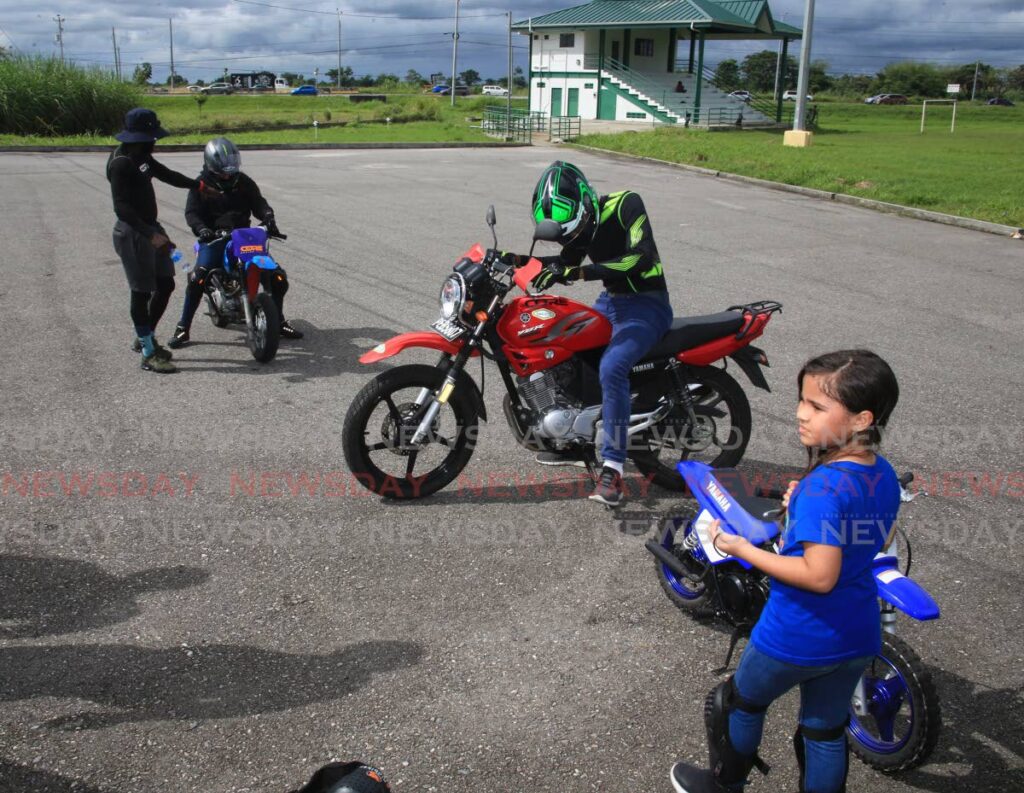
He said many young students told their parents what they were learning and the parents usually showed interest and stayed to watch the training sessions. Now, instead of discouraging their family members from riding, they encouraged motorists to be considerate of motorcyclists.
In addition to youths, about 30 per cent of the riders in the club were women whose ages ranged from 25 to 40. They were now seeing the possibility of pursuing motorsports in TT.
He said, during the pandemic, people of all backgrounds and professions were looking for something new and interesting to do, so the club got new clients. That number increased with the rise in the price of gas.
The 38-year-old father of two has been riding for about ten years but he was interested in motorcycles from a young age. He said a female neighbour had a motorcycle and he thought it was cool but was afraid to ride.
When he got older however, his girlfriend at the time, now his wife, told him she rode on a motorcycle.
“I was appalled. I was like, ‘You got on a motorcycle before me? I like speed. I have a Civic. What you mean?’ So I went to work and told a guy who rode a bike that I want to ride too.”
He started learning on a small bike, a Yamaha YBR 125, and eventually bought and fixed up his neighbour’s bike. He read the manual, learned all the technical aspects, and fell in love with bikes.
A few years later at his mechanic, he met some racers who invited him to learn more. He asked them questions, watched them race and they taught him the technical, physical and mental aspects of riding.
Six years ago, they gave him some safety gear, he saved for and bought the rest, and he began racing. Since then, he represented TT in the local leg of the Caribbean Motor Racing Championship and became a member of the TT Automobile Sport Association.
“I decided to give back to the sport, the same way those guys gave to me – the knowledge, the teaching, even the gear because sometimes the talent comes from those who can’t afford (equipment for) a sport. We’re trying to take away the stigma of motor sports being only for the rich.”
In 2020, he attended the Yamaha Champions Riding Schools in Miami where he learned many techniques and began training his students and sharing international principals.
“We really want to work with the government and make things a lot safer for TT. A lot of the laws need serious revision because they are quite archaic. And if we’re going to go forward into a first-world status, we need to have first-world thinking with input from the younger people who are the ones who are going to be affected by the new laws.
“I want my kids (ages three months, and two years) to be able to ride, whether it be on the government road or on the race track, and I don’t want to be thinking, ‘Oh this is so dangerous.’ So I need to build that culture from now. My game plan is not for six months but for ten to 30 years. I want my students to be able to go abroad and race.”
He thanked Core’s sponsor – Yacco Lubricants – for believing in the youths and wanting to help Core develop the racing future of TT. He said many businesses only wanted to back people winning competitions, but winning took a lot of work, dedication and support to get to that point.
He thanked the Core crew for their support and encouraged corporate sponsors to sign on with the club. He also hoped the government would promote and support local bike-riding institutions that taught the correct and safe way to ride, make bikes more affordable, and put money into motorsports, thereby giving people in impoverished communities other options.


Comments
"Rev up the motorbike! Core Racing says save gas $, cut time in traffic"